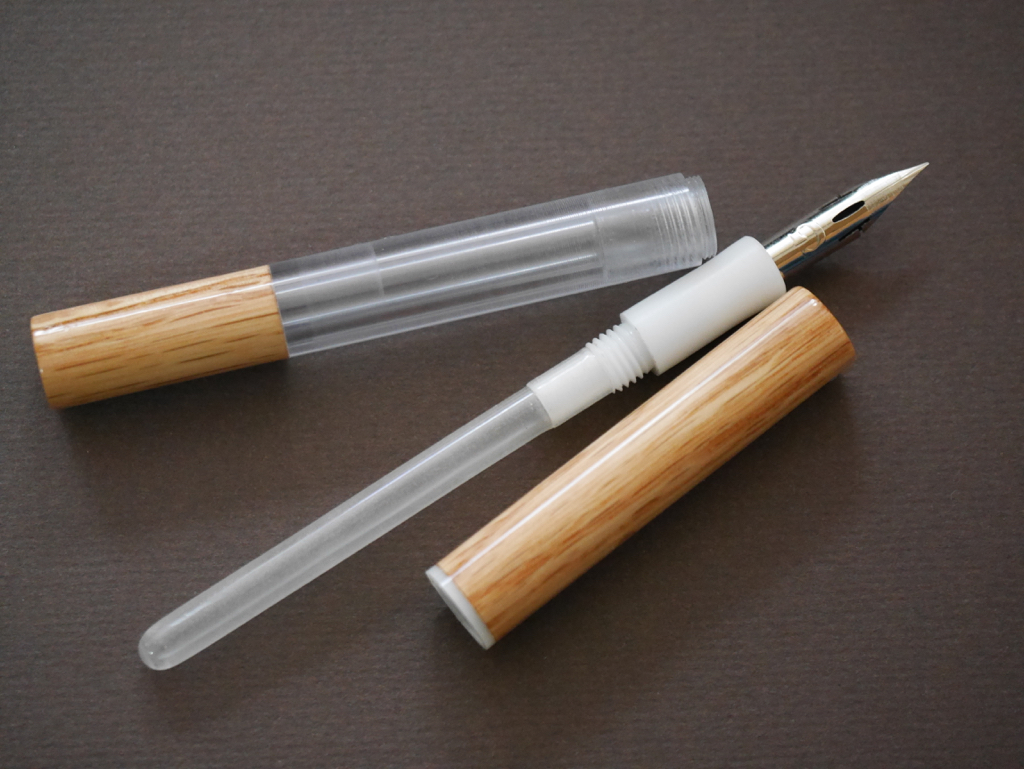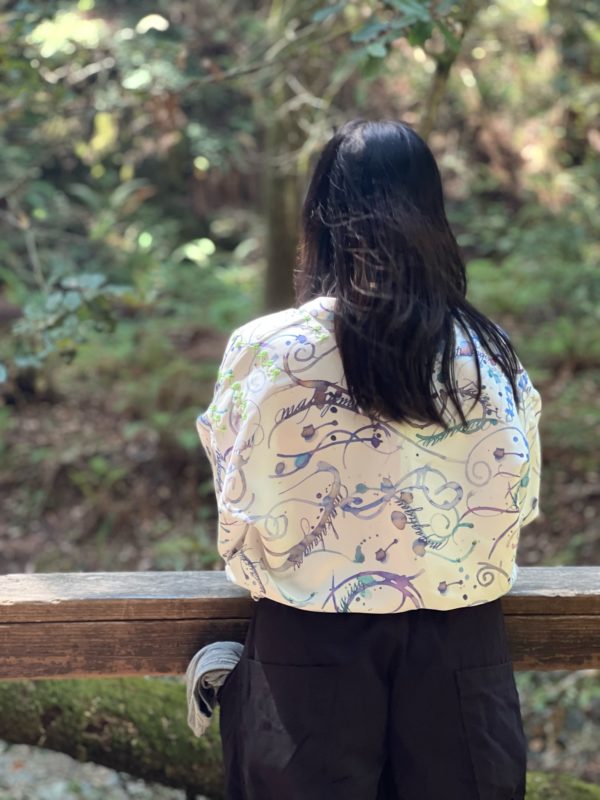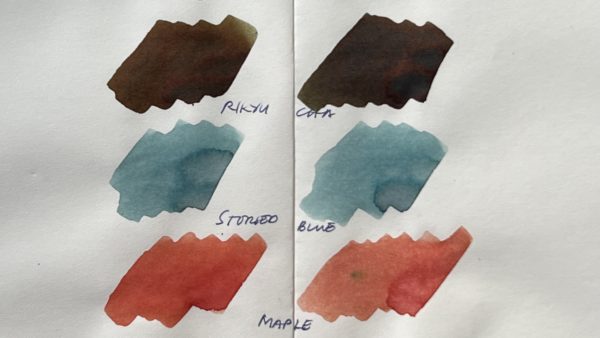I first heard of this project when Pierre asked me and many others to answer a survey designed to help him come up with a flex pen. We heard back from him in May, when he emailed us looking for a focus group. By July 2014, he’d sent us pictures of his prototypes. Desiderata Pens opened in November.
Essentially, what Pierre did was fountain pen housing for the Zebra G nib. G nibs are used for manga, but in recent years have been widely adopted by calligraphy and lettering artists for their expressiveness and line variation.
I’m sure you’re thinking, “Hey, that sounds familiar.” You’d be right. This isn’t untrodden territory. Ackerman Pump Pens have been around since 2007 or so, and the designs have gone through several iterations since then. What’s remained constant is the pump mechanism, which lets thicker media like India ink, diluted gouache, etc. to be “forced” to the nib.
Desiderata pen models have no such mechanism, and are really fountain pens with disposable nibs, meant to be used with fountain pen ink.
The Daedalus and Mercury models were interesting, but what made me curious enough to order was the one-off Woodglass. Part wood and part acrylic, it was a “wooden demonstrator fountain pen” that I couldn’t wait to try. I decided to add a Mercury in koa wood to the order, so I would have one to play with while Pierre finished making the Woodglass pens.
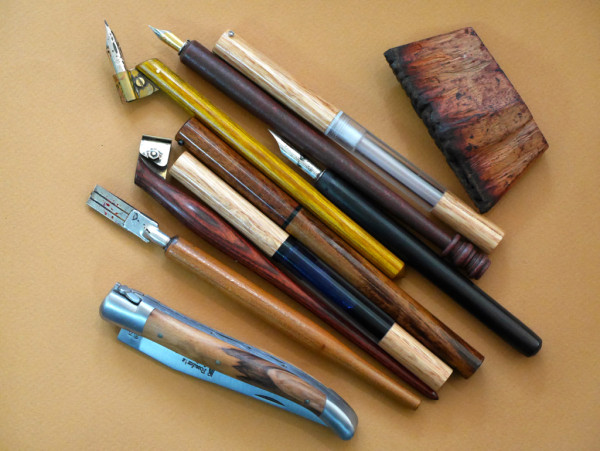
The Mercury design is long, more of a deskpen or an artist’s brush length rather than a standard fountain pen. I like it for drawing. The Woodglass is a stunner. It deserves to have a regular production run. It came with two section and trim options (black or white) and a choice of ED or sac. I’ve kept the sac version uninked, for now, and am enjoying the ED version. Both models have tiny studs on the cap that act like roll stoppers.
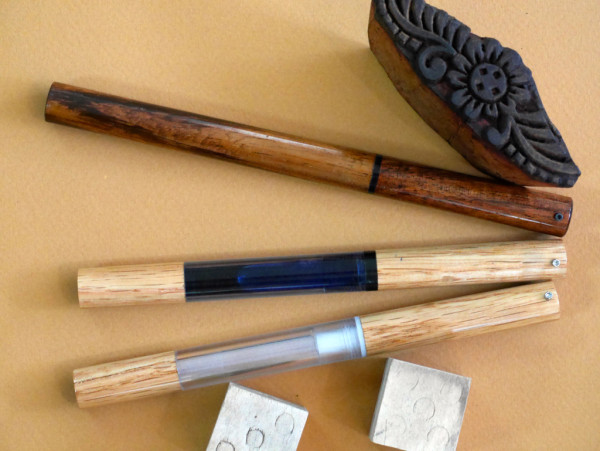
It works out fine, because the Mercury has a sac. I cheat a little – the nib and feed come out easily, so I just use an eyedropper to fill the sac to capacity.

Here’s a closer look at the nib and feed.
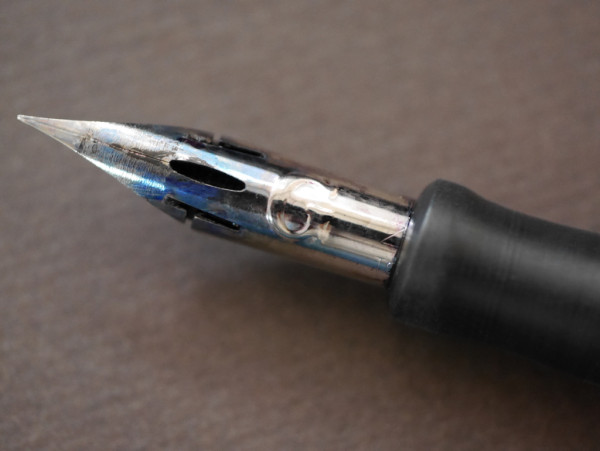
The feed is ebonite and looks hand-finished. Pigment inks (like my favorite Platinum Carbon Black) build up pretty quickly between the nib and feed, so regular cleaning (or even just swishing in water in between uses) is a must.
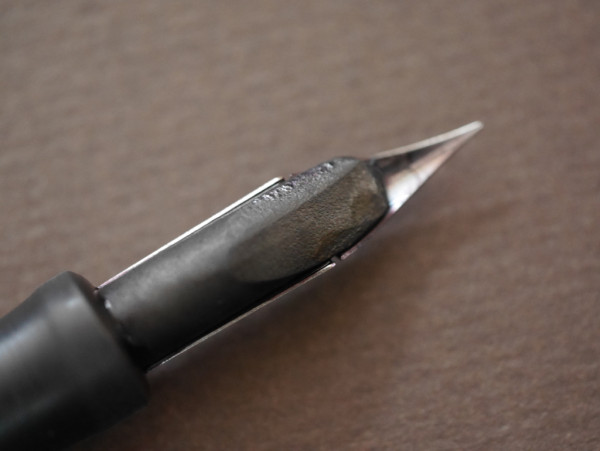
So here’s the Woodglass. The only difference between the Woodglass and the Mercury is the form. The nib, feed and section are the same. This one is currently inked with Pilot Blue Black, my new favorite ink thanks to its generous flow and water resistance.
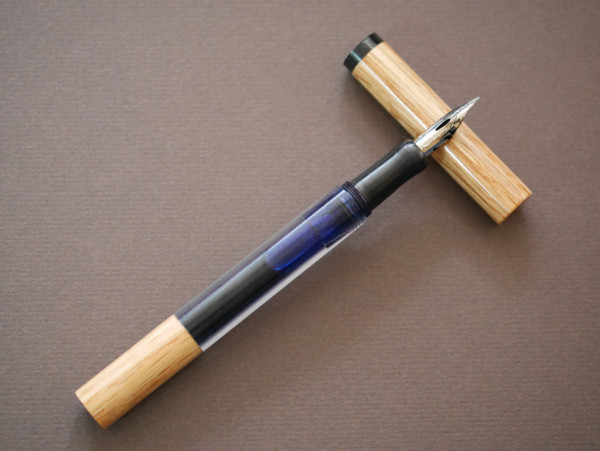
This nib has been in the pen for about a week. Steel nibs do corrode, and need to be replaced often. You can often feel the corrosion at the tip – what used to draw extremely fine hairlines starts to bite into the paper too much.

I’m so tempted to keep this Woodglass uninked for future blog posts.
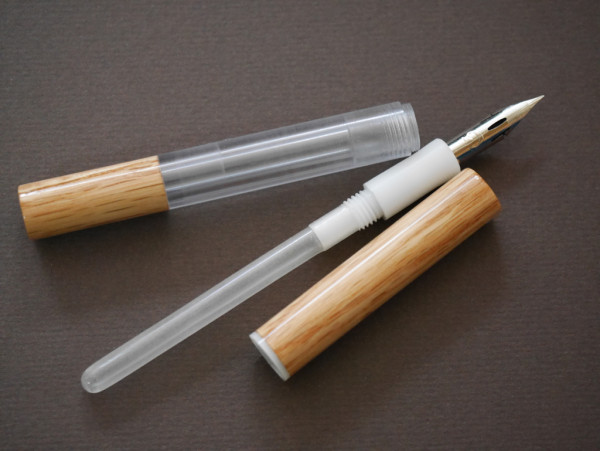
Nikko G nibs don’t fit. Neither do Tachikawa G nibs. I’m sure pliers are the answer, but I don’t have time for that today. I’m more partial to the Tachikawa, to be honest. But the Zebra G is a lovely nib, too.

Scrub the nib and the feed with toothpaste to clean and prime both for use. Rinse very well – you don’t want any particles left in the feed channel that can obstruct ink flow. Don’t set the nib too deeply into the section. (The close-ups above show what I consider the “sweet spot” for ink flow to the nib.)
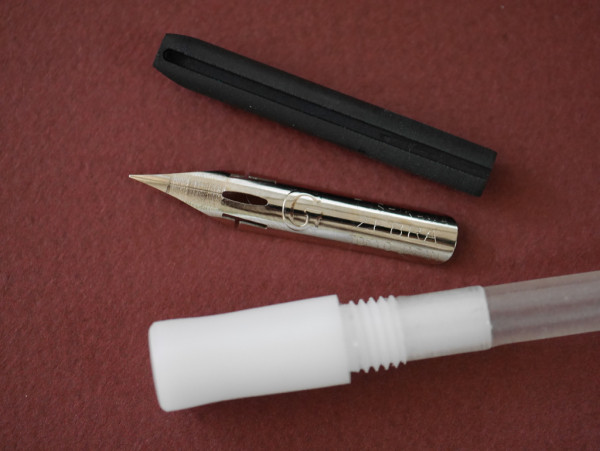
Certain inks work better than others. I’ve had a few flow issues with J. Herbin. Platinum Carbon Black is a nib killer but worth it for the brief moment that everything is perfect. (Seriously, if you use a lot of PCB in ink-and-watercolor-wash work, you need a Desiderata pen in your art case.) Pilot Blue Black flows out of the nib in eye-widening amounts and takes some getting used to – but I’m beginning to love it for drawing and calligraphy practice.
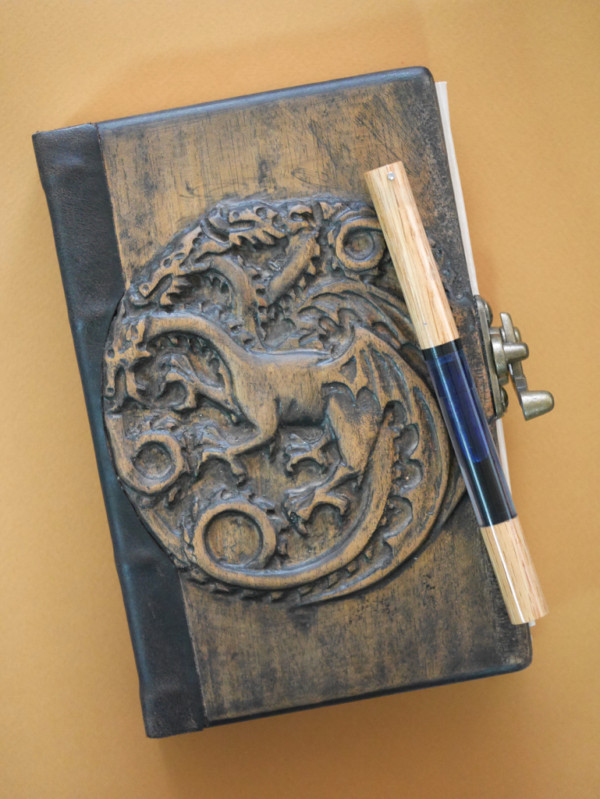
The sample demonstrates the kind of expressiveness and quantity of lines you can get with the pen. It’s good to not have to lose the rhythm of one’s drawing because of the need to dip every time the ink runs out. Dip pens do have the edge when it comes to the media that can be used (shellac, iridescent ink, liquid acrylic, and more).

The Woodglass eyedropper has made it to my indispensable pen case. That pen case has been to Mumbai and Bangkok, and will soon be going to Singapore and elsewhere. That says a lot about how often I use the Woodglass nowadays. But no, don’t travel with it inked.
Desiderata Pens offered the Mercury and Woodglass at $85, and had a $50 model called Daedalus. A pack of 10 Zebra G nibs is $13.50 at Jetpens. If you want a lot of flex to play with, and don’t mind the frequent cleaning and nib replacement, this pen is a lot of flex nib fun for less than what you’d pay for a modern pen with a nail for a working end.
